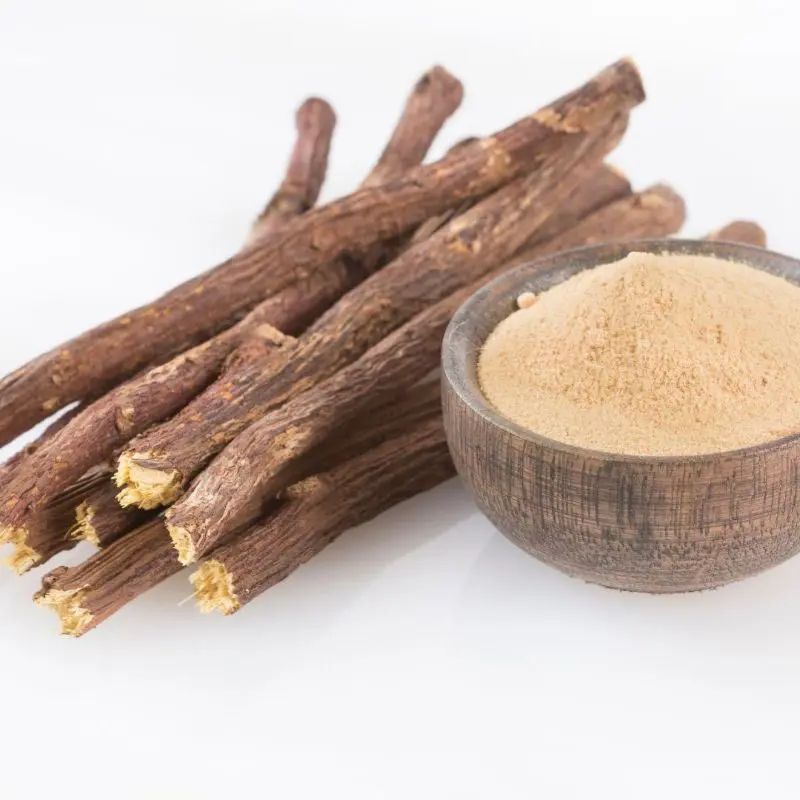20 Foods That Are High In Vitamin C
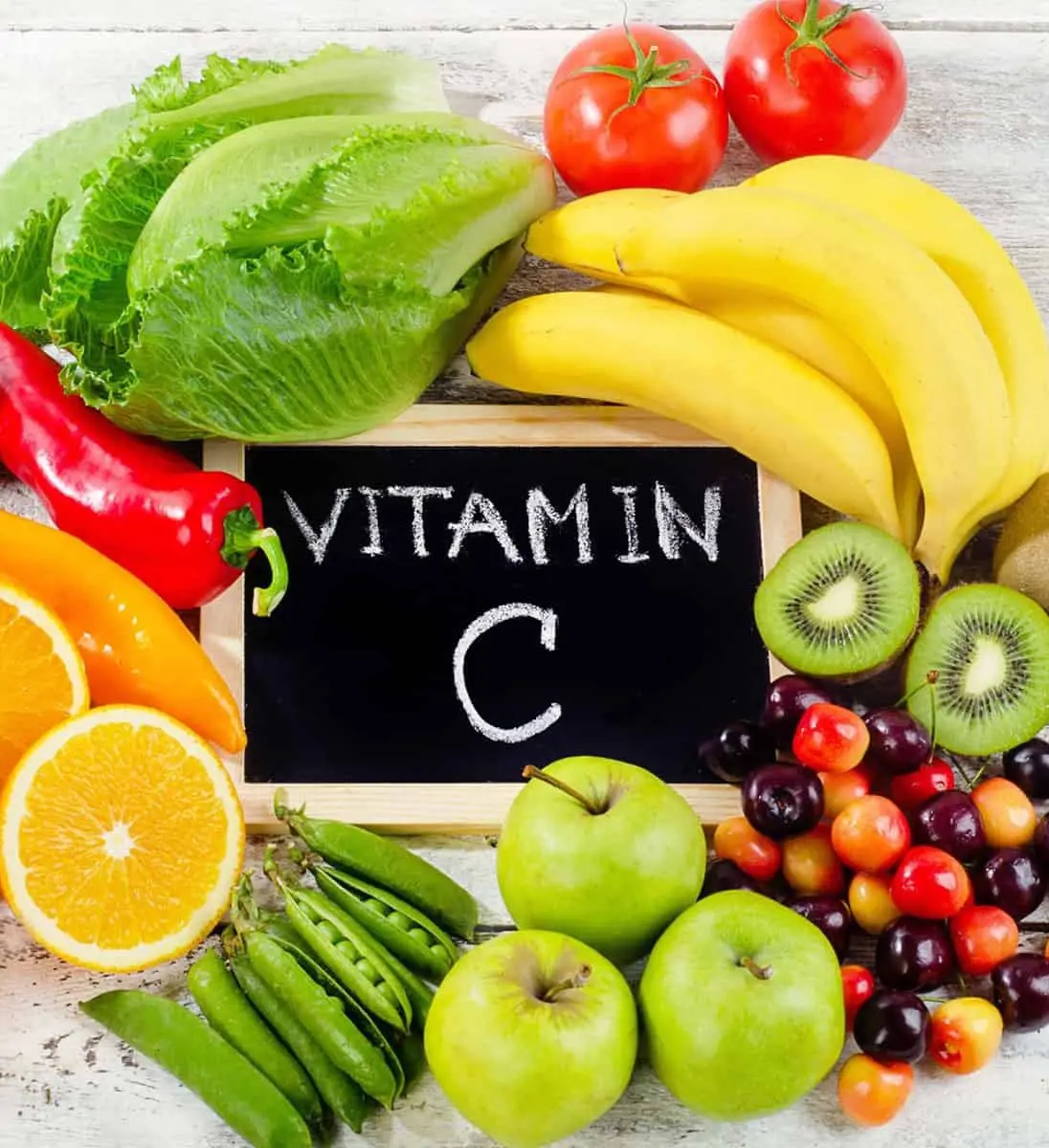
This post may contain affiliate links. If you make a purchase through links on our site, we may earn a commission.
Vitamin C also known as Ascorbic acid is considered to be one of the protected and most potent nutrients. It is a crucial vitamin, however, our body is incapable of producing it on its own.
Being a water-soluble vitamin, we can receive it from many fruits and vegetables, such as kale, lemon, spinach, oranges, and many others. While getting vitamins from foods is highly recommended, some people resort to supplements to reach their needs. There are many health benefits associated with Vitamin C.
This article talks about 20 such foods that are high in vitamin C.
1. Acerola Cherries
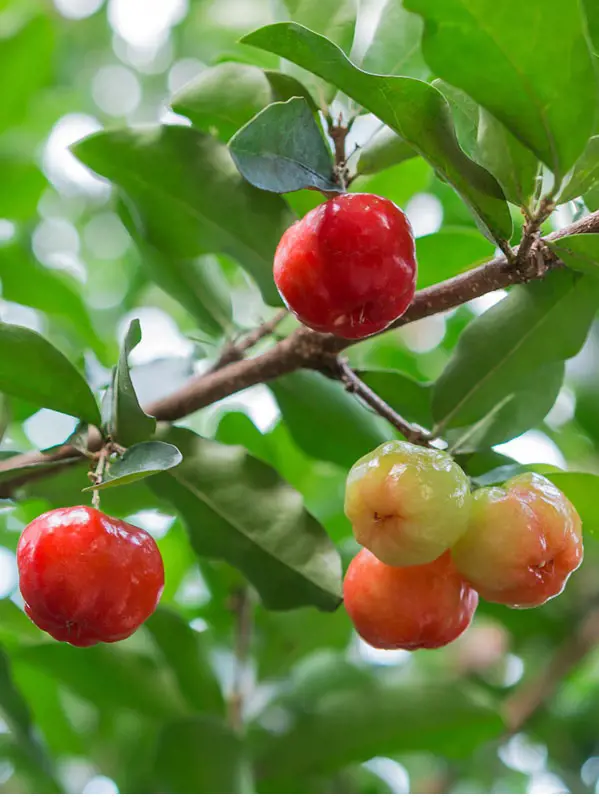
It is one of the major sources of ascorbic acid and just a half cup of this cherry provides 825 mg of vitamin C, or 916% of the daily value. Its high vitamin C content delivers antioxidant and anti-inflammatory requirements. Most of the cherries are high in polyphenols, one kind of micronutrient found in plants. Polyphenols help in fighting oxidative stress, and in controlling cardiovascular diseases.
Acerola Cherries (Malpighia emarginata) is a fruit found mostly in the tropical regions of the Western Hemisphere. It is also known as Barbados cherries or West Indian cherries. It is the size of a normal cherry and is orange-red to ruby-red in color.
2. Kakadu Plums
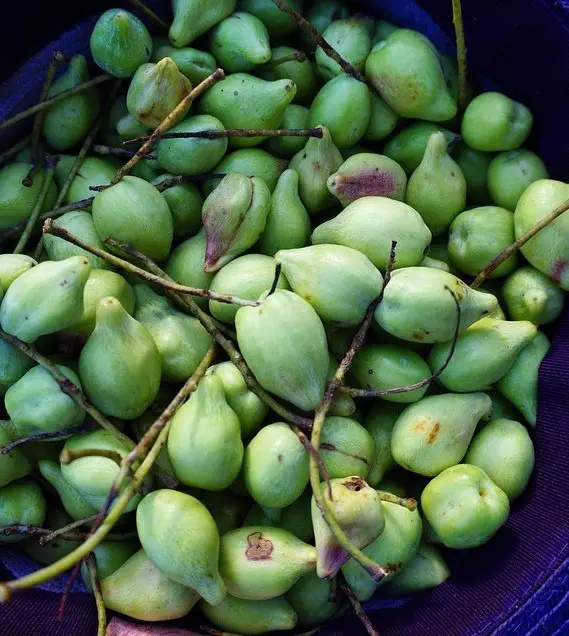
The Kakadu Plum is another source of vitamin C found mostly in Australia and has 100 times more vitamin C than oranges. It has the highest amount of vitamin C among any other food with 2,907 mg per 100 grams. One plum around 15 grams contains 436 mg of vitamin C, which is 484% of the daily value. The fruit is abundant in vitamin E, potassium, and the antioxidant lutein, helpful for eye health.
Kakadu Plum (Terminalia ferdinandiana) is a rich source of gallic and ellagic acids, that are trusted to restore damaged skin, control collagen breakdown, reduce burns, enhance skin radiance and hydrate it.
3. Chili Peppers
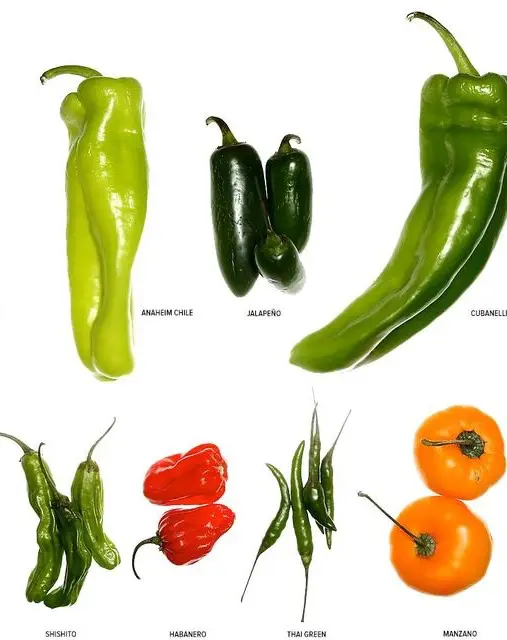
Chili peppers are fruits that come from Capsicum pepper plants, particularly for their hot taste. There are many varieties of chili peppers such as jalapeno and cayenne. They are rich in minerals, vitamins, and antioxidants. Vitamins such as C, B6, K1, and A and minerals such as Potassium, and copper are found in Chili Peppers.
109 mg or 121% of the daily value of vitamin C is found in single green chili pepper. Whereas, the concentration is slightly low in red chili pepper which contains 65 mg, or 72% of the daily value. PMC shows that the intake of red hot chili peppers may reduce mortality.
4. Rose hips
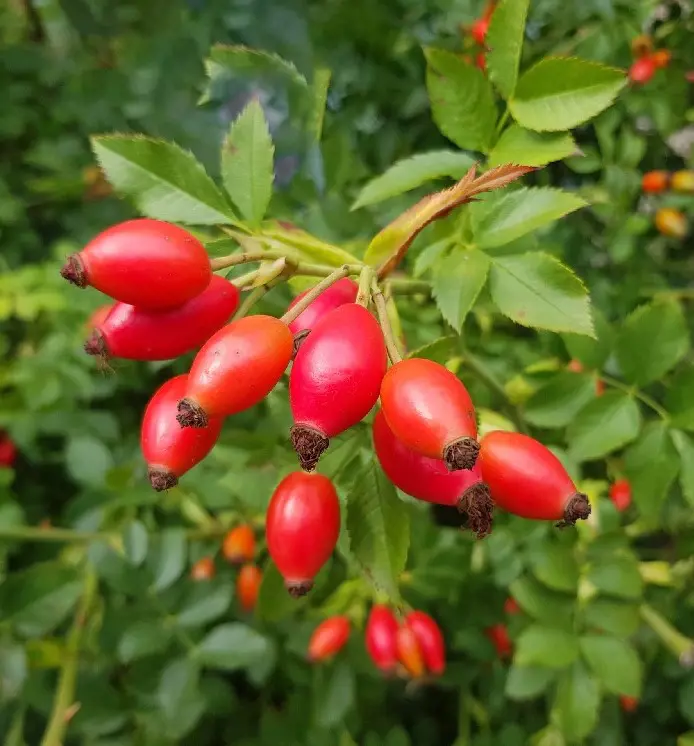
Rosehip or also known as rose haw and rose hep is the additional fruit of the different breeds of rose plants. It is found in rose flowers right beneath the petals containing the rose plant seeds. They are usually red-orange in color but yellow and dark types are also known to be found. There are many tiny, edible seeds inside the rose hip, which provides a proper source of nutrients.
The tangy fruit is loaded with vitamin C. 100 grams of rose hips give 426 mg of vitamin C or 473% of the daily value. Vitamin C is vital for collagen synthesis which ultimately promotes good skin health, elasticity, and purity.
5. Guavas
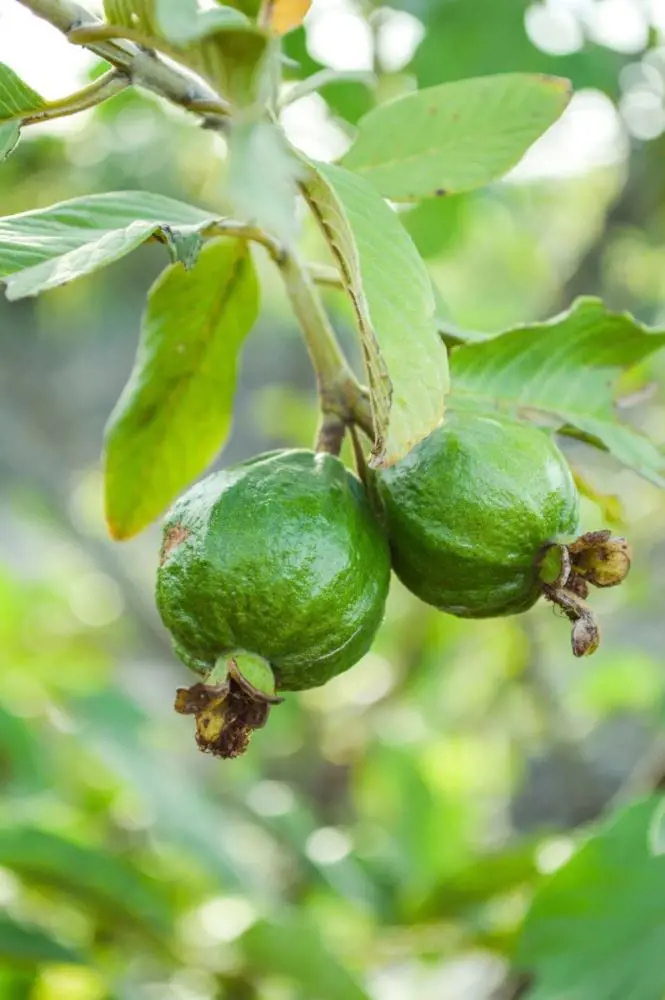
Guavas are considered a super fruit since they contain 4 times more vitamin C than oranges and 4 times more fiber than pineapple. It is loaded with vitamins C, A, and E. The fruit is used for medicinal purposes and aids in many health issues such as diarrhea, blood pressure, cough, and many others. Not just fruit but guava leaves are also used.
One guava contains about 125 mg of vitamin C or 138% of the daily value. It is primarily rich in antioxidant lycopene. PubMed showed signs of lowered blood pressure and total cholesterol levels in the participants with regular consumption.
6. Black Currants
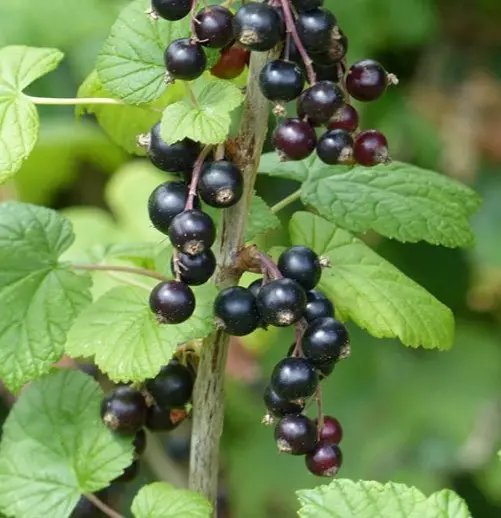
Black Currant or cassis is a temporary shrub belonging to the family of Grossulariaceae known for its edible berries. It is also called ‘the forbidden fruit’ in the United States as they are supposed to spread fungus that damages white pine trees. However, the fruit is rich in anthocyanins, antioxidants, vitamin C, and polyphenolic substances. The fruit is used to treat blood flow, eye health, immune system, kidney health, and gut health.
½ cup of black currants (Ribes nigrum) has 102 mg of vitamin C or 113% of the daily value. The fruit gets its color from anthocyanins, flavonoids rich in antioxidants.
7. Yellow Sweet peppers

Also known as banana pepper, because of its color, Yellow pepper is a medium-sized chili pepper with a tangy and slightly sweet taste. Initially, it is yellow but gradually turns to green, orange, or red. The vitamin C content increases as they grow old. They can grow up to 8 inches long and 4 inches wide. A single large yellow pepper has 342 mg of vitamin C or about 380 percent of the daily value.
Frequent intake of Yellow Pepper (Capsicum annum) is proven to be beneficial for eye health and may be helpful in fighting cataract progression.
8. Oranges
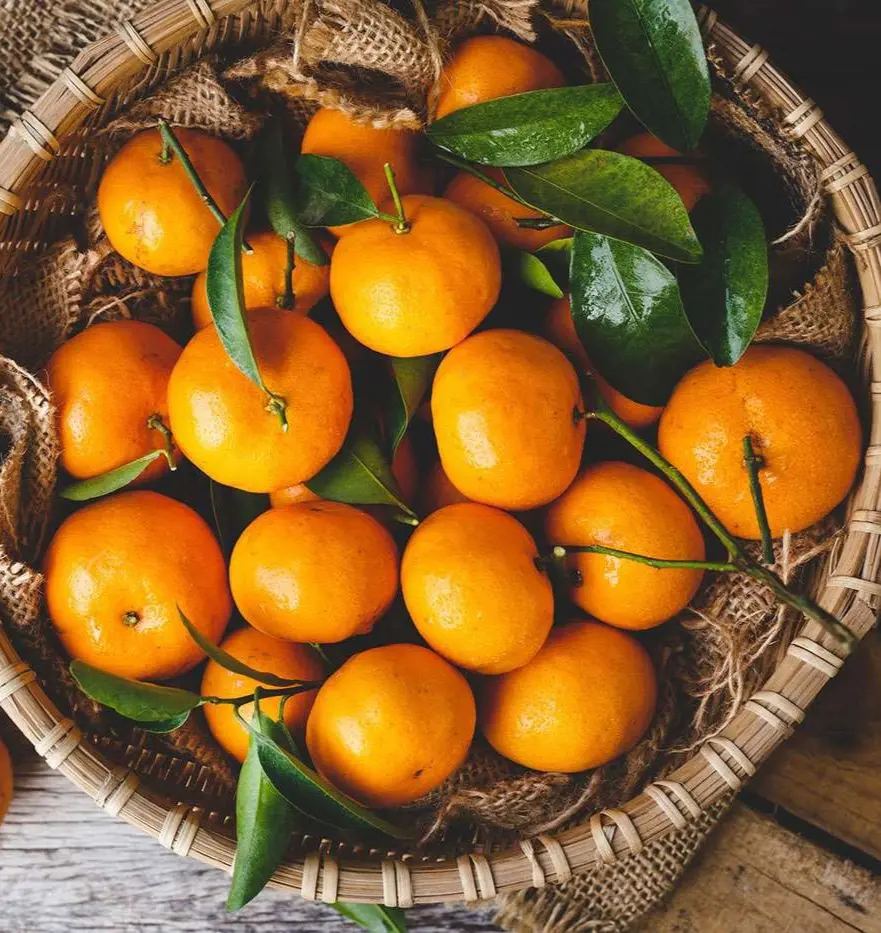
Oranges belong to the citrus species from the Rutaceae family. It is a loaded source of Vitamin C, calcium, folate, and more. It helps to form muscles, cartilage, and collagen production in bones, boosts the immune system, promotes brain health, and minimize kidney stone.
Another important and popular source of vitamin C fruit is oranges. Globally consumed, this citrus fruit delivers a good amount of dietary vitamin C. One average-size orange delivers about 83 mg of vitamin C, which rounds to 92 percent of the daily value. An average-sized mandarin orange has 24 mg of vitamin C or 27 percent of the daily value.
9. Strawberries
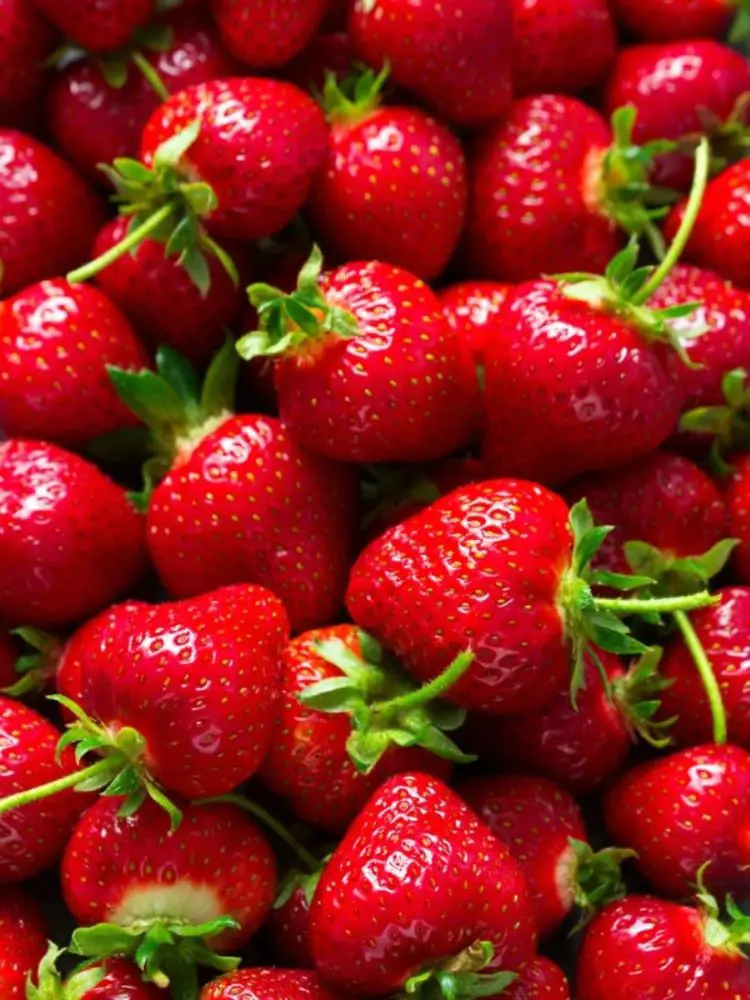
Strawberries are one of the tasty and widely loved fruits belonging to the rose family. They are also easiest to grow and the taste of homegrown differs from a store brought strawberry. Just like other berries, the fruit is rich in minerals, vitamins, fibers, manganese, folate, and a mixture of antioxidants and anti-inflammatory features. The fruit is eaten raw and fresh.
A cup of cut strawberries includes 108 % of the daily value or 97 mg of vitamin C. Because of its rich nutrient value and helpful plant combinations, frequent intake possibly reduces the danger of extreme health issues, such as diabetes, obesity, and even cardiovascular disease.
10. Papayas
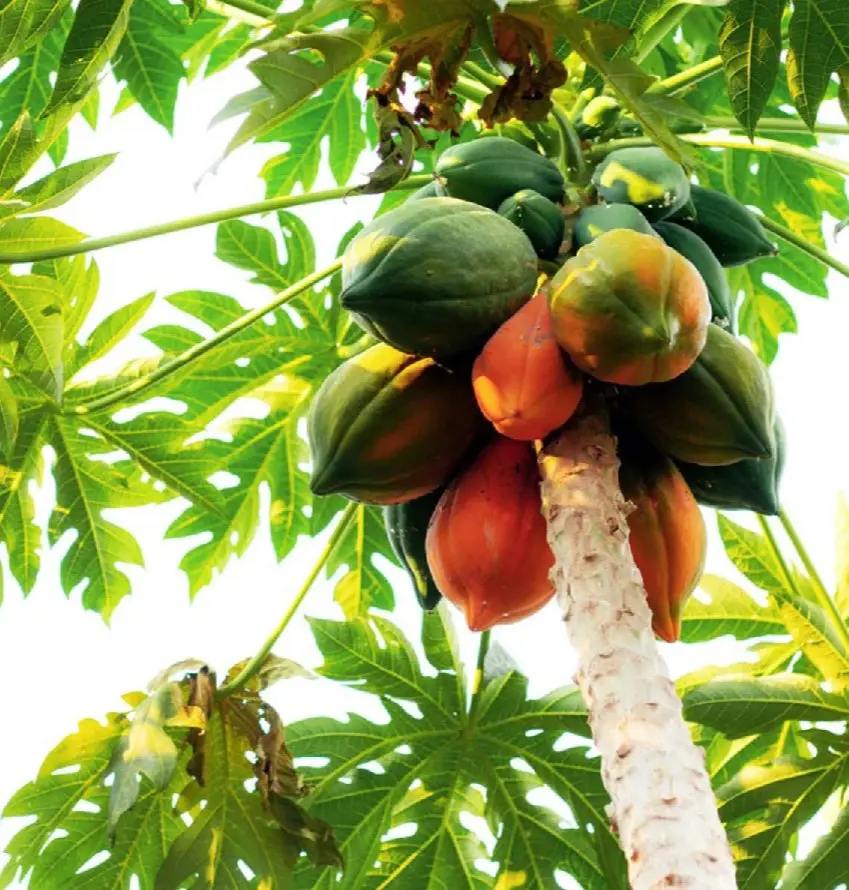
Papayas or papaws or pawpaws are grown from a tall, single-stem tree a succulent fruit from the wide family of Caricaceae. They are tropical fruits and are high in vitamin C, A, and antioxidant properties that can fight diseases. A few properties of the fruit may include anticancer compounds and is beneficial for heart health. The fruit is eaten raw usually when it ripens.
145 grams of papaya (Carica papaya) gives 88 mg of vitamin C or 98 percent of the daily value. Vitamin C treats memory and has essential anti-inflammatory reactions in the brain. The fruit is widely popular to improve digestion and improve gut health.
11. American persimmons
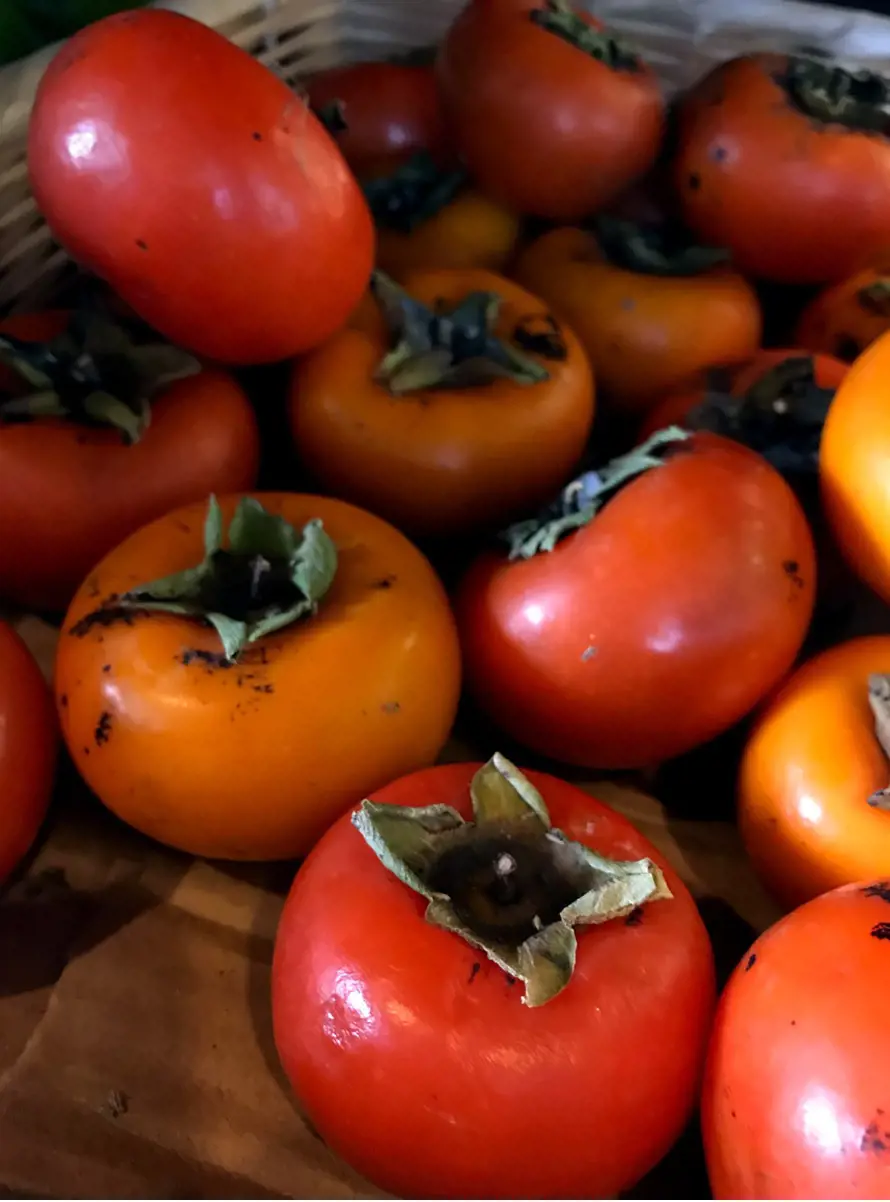
American Persimmons is a woody, medium tree in the Ebenaceae family. The fruit is native to the central and eastern United States. It has an amazing taste that is rich, sweet, deep, and complex. The fruits are orange in color, resembling tomatoes, and are eaten in the fall. You can figure out if the fruit is ripe or not through its skin. If the skin is wrinkled, then it is the right time to consume.
Japanese persimmon is widely recognized among all other countries' persimmons. However, the American Persimmons has almost nine times more vitamin C and one of them contains 16.5 mg of vitamin C, or 18 percent of the daily value.
12. Lychees
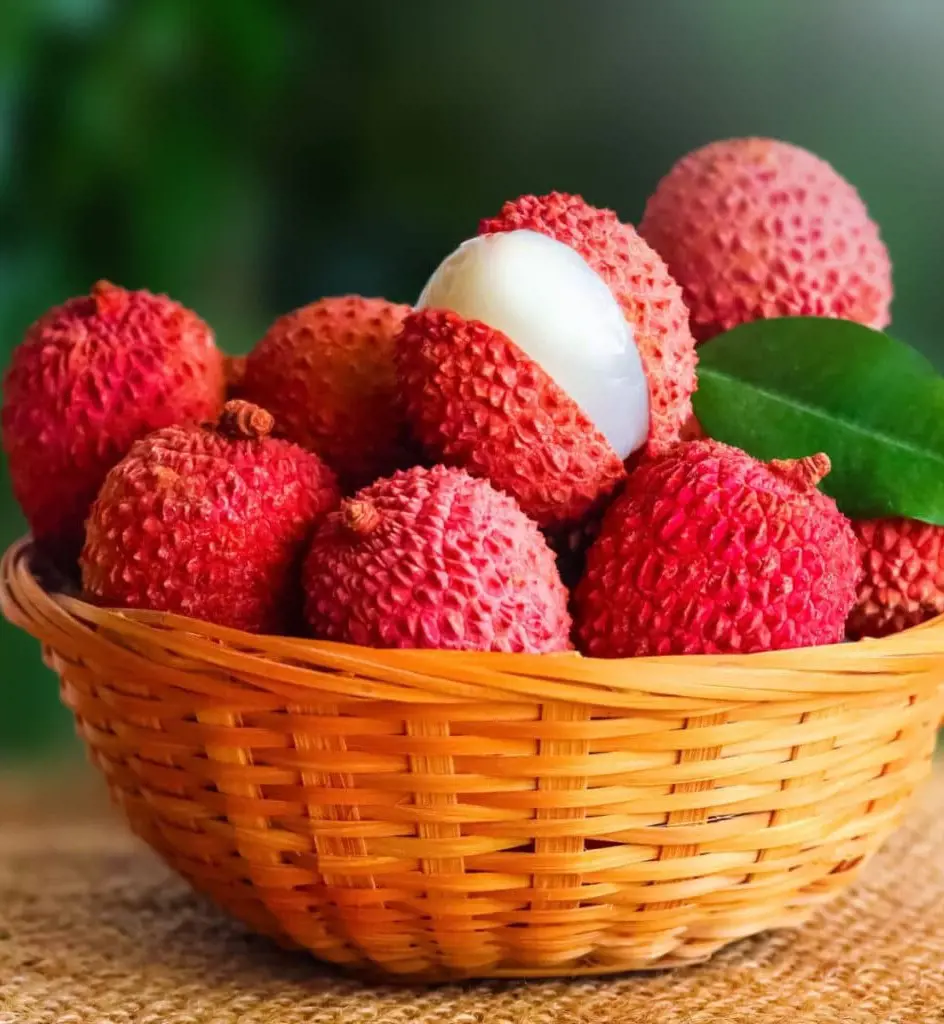
Lychees, Litchi, or lichee all are the same tropical fruits that are native to South China, Malaysia, and northern Vietnam. The fruit is very popular in Southeast Asia as well. The small round tasty, sweet fruit belongs to the soapberry family. They are loaded with beneficial rich vitamins, minerals, and antioxidants such as iron, copper, manganese, phosphorus, and magnesium. They are helpful for bone improvement and heart health.
One lychee is loaded with 7 mg of vitamin C or 7.5 percent of the daily value. Antioxidant present such as epicatechin and rutin, helps in chronic diseases, cancers, diabetes, cataracts, and oxidative stress.
13. Lemons
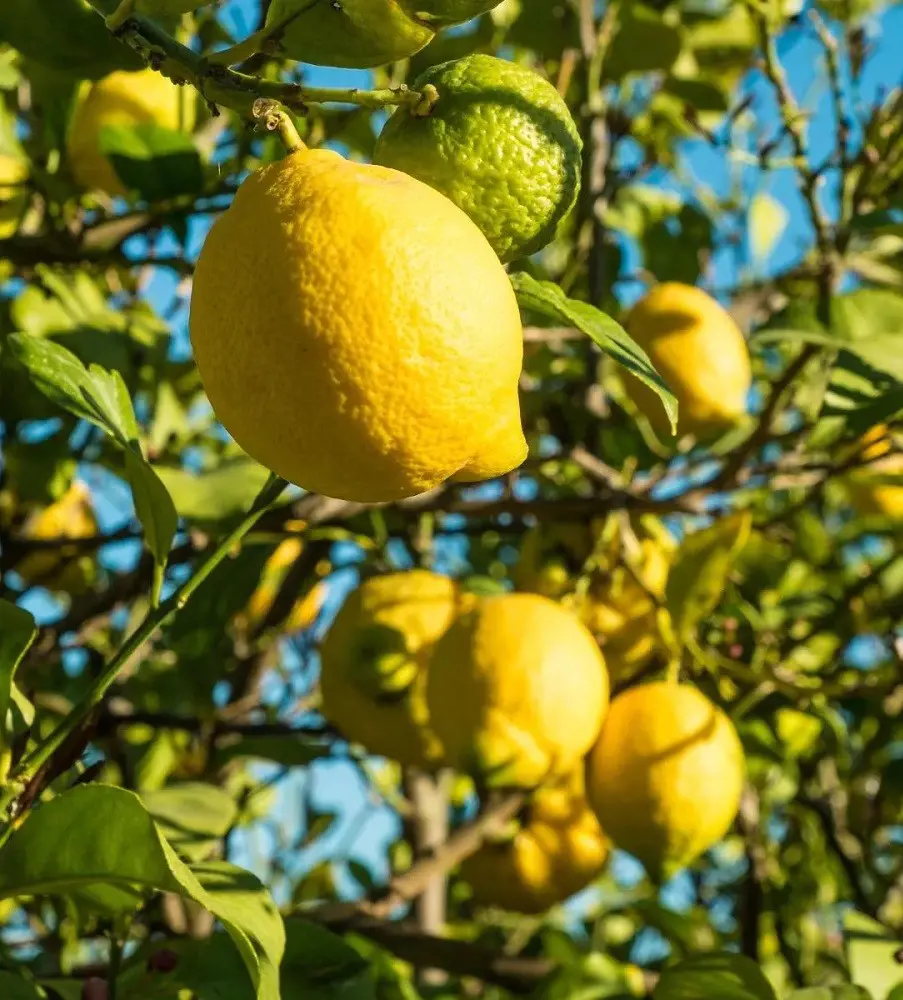
Lemons are widely known citrus fruit that is rich in vitamin C. They belong to the small evergreen tree in the flowering plant family Rutaceae, widespread in Asia. The bright yellow fruit is sour in taste and a good source of folate and potassium. The vitamin C present in the fruit provides health benefits such as weight loss, boosts immunity, and reduces the risk of heart disease, anemia, and cancer.
One full raw lemon provides 45mg of vitamin C or about 50 percent of the daily value needed for the body. Lemons are also known for reducing blood pressure and the impact of bread on blood sugar.
14. Brussels sprouts

Just a half-cup of cooked Brussels sprouts contains 49 mg of vitamin C or about 54 percent of the daily value. Similar to other cruciferous vegetables, Brussels sprouts are rich in different vitamins such as vitamin K and vitamin A better for the functioning of bone health and vitamin C is a primary source of collagen production, fruitful for skin as well as bone health.
This vegetable also has a moderate amount of vitamin B6, potassium, magnesium, thiamine, and phosphorus. The rich fiber, minerals, and vitamin present in it promotes many health benefits such as reducing inflammation and boosting the immune system.
15. Broccoli

Broccoli is another cruciferous vegetable meaning it belongs to the edible family of cabbages, kale, and cauliflower. The large greenhead vegetable with a single stem offers many benefits, particularly for heart health, eye health, and disease control. There are many nutrients present in Broccoli such as fiber, vitamin K, vitamin C, iron, and potassium. The veggie can be eaten raw or cooked but a slight steaming seems to be more beneficial.
Raw broccoli has 90 percent water, 7% carbs, and 3% protein with zero fat. 100 grams of broccoli provides up to 65 mg of Vitamin C. Cruciferous vegetable consumption on a frequent basis reduces the chance of cancer.
16. Kiwis

The Kiwis are a fruit mostly popular in mountain areas and hillsides. They are also called Chinese gooseberry and belong to the Actinidiaceae family. They are nutrients loaded food high in nutrients and minimum calories.100 gram of kiwi provides over 80 percent of the minimum daily vitamin C needs. Apart from that they contain copper, potassium, folate, vitamin K, and vitamin E.
Being a good source of fiber and loaded with many vitamins, and minerals, kiwis help to improve the immune system and heart health, are good for digestion, protect against potential risks, and help to control blood clots and stroke.
17. Kale

Kale is a leafy green vegetable that belongs to the group of the cabbage family and is loaded with nutrients. It is another food that is rich in vitamin C, antioxidants, vitamin K, and beta-carotene. The nutrients present in it are helpful for eye health, weight loss, heart health, and others. It is also used for medicinal purposes. The most popular types are curly kale or Scots kale which has a green leaf with fiber-rich stem.
Kale also contains iron, potassium, magnesium, folate, and vitamin B6. You can get 93 mg of vitamin C which is equal to 103% of the average daily value from 100 grams of raw kale.
18. Parsley
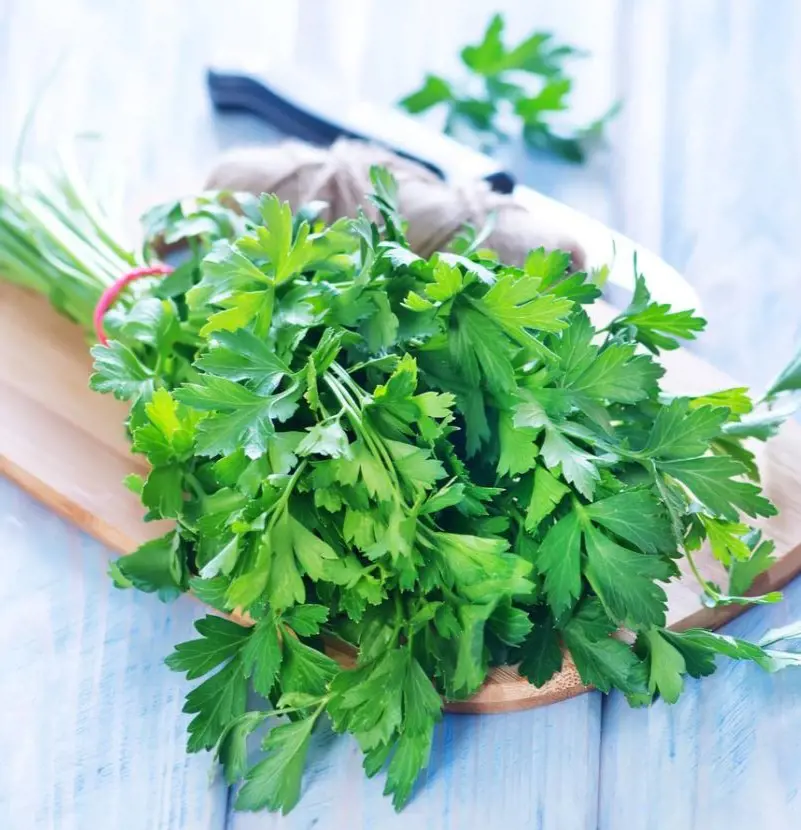
Parsley is a green leafy herb from the carrot family or Apiaceae family. The flowering plant is mostly homegrown in the Mediterranean. The plant has been used to ail high blood pressure, allergies, and inflammatory diseases. There are two widely known types of Parsley, one is the French curly-leaf and the other is Italian flat-leaf. The plant is rich in many nutrients, especially vitamin K, which is crucial for healthy bones and blood clotting.
Parsley (Petroselinum crispum) is also a rich source of vitamin C, vitamin K, and antioxidants. Consuming two tablespoons of fresh parsley provides 10 mg of vitamin C or 11 percent of the average daily vitamin value.
19. Mustard Spinach
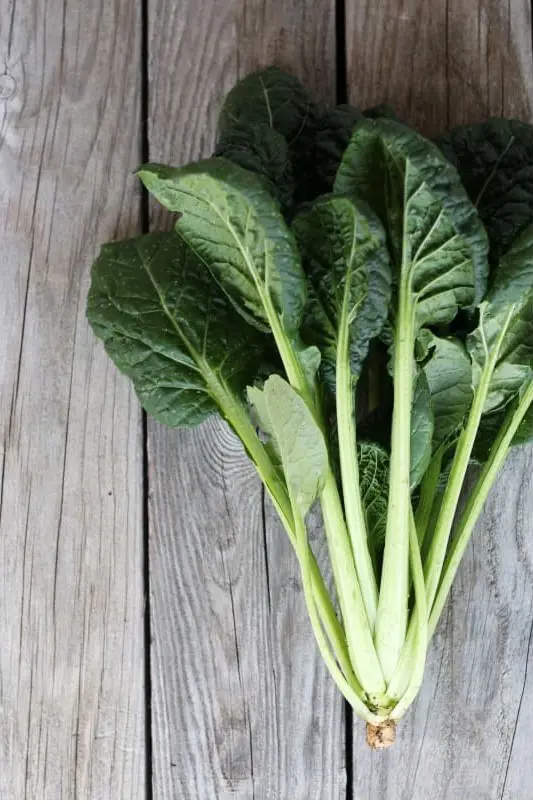
Komatsuna or Japanese mustard spinach is a leafy vegetable rich in vitamin C, calcium, iron, and beta-carotene. It is said to contain five times more calcium than regular spinach. It has smooth dark green, shiny leaves with tiny light green midribs. You can consume it raw or cooked. The vegetable is comparatively rich in vitamins K, A, and copper as compared to vitamins C and E.
A single cup of uncooked mustard spinach contains 195 mg of vitamin C which is equal to 217 % of the average daily dose. Cooking might slightly reduce the contents of vitamin C in it.
20. Cantaloupe
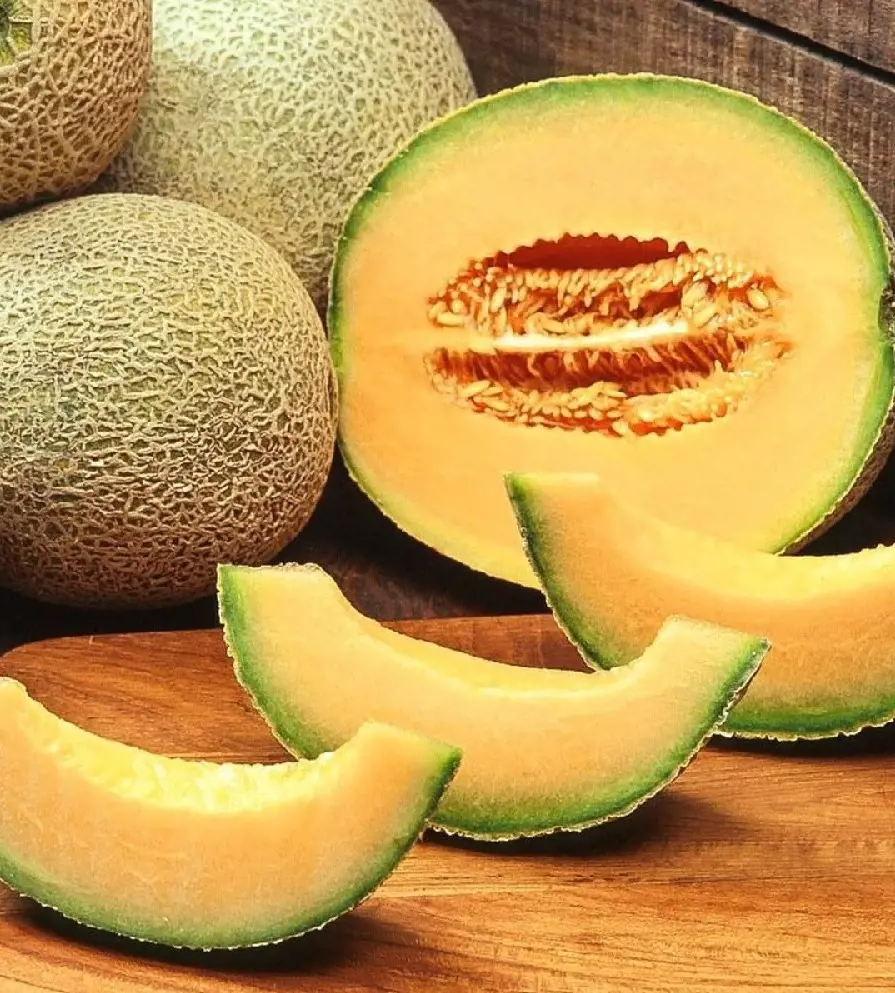
Cantaloupe, rockmelon, and sweet melon are fruits that belong to the family of Cucurbitaceae and are termed melons. It is juicy, orange summer fruit rich in water contents and fibers. The fruit is rich in many nutrients such as beta-carotene, vitamins C, A, Folate, and potassium. The nutrients help in the ailment of many health issues such as high blood pressure, heart health, and others.
They are large, round, and particularly heavy fruit. It keeps you full throughout the day. You get 17.4 mg of vitamin C from a single cup of slipped cantaloupe which equals 19 percent of the average daily dose.
What Are the Benefits of Vitamin C?
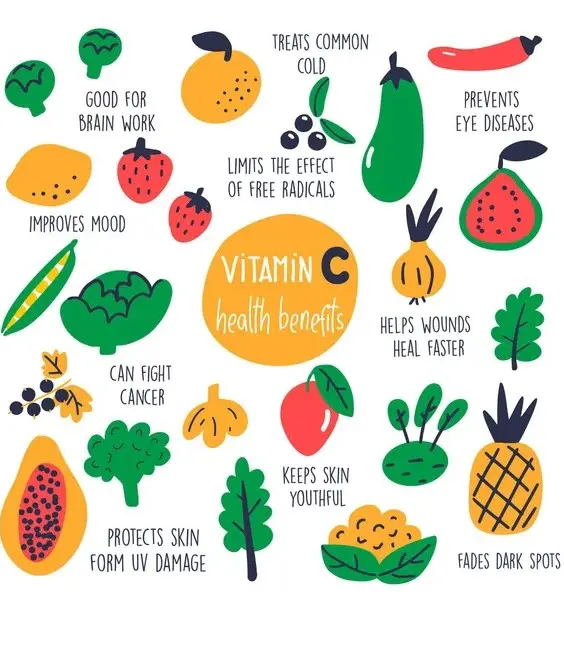
The antioxidant present in vitamin C makes your body strong against many diseases. It helps to relax the blood vessels that carry blood from the heart reducing the blood pressure level. It also promotes the production of white blood cells responsible for defending the body against infections.
Some of the advantages of Vitamin C are:
- Improves collagen production, bone health, teeth, and connective tissue
- Diminishes blood uric acid levels
- Helps against the common cold
- Reduces eye diseases risk
- Helps to absorb iron properly
- Reduces the risk of chronic disease
- Improves Immunity
- Controls blood pressure
- Faster wound healing
How much Vitamin C is Recommended on Daily Basis?
90 milligrams for men and 75 milligrams for women is the current Daily Value (DV) recommended. During pregnancy, it is advised to intake 120 mg of vitamin C on a daily basis. Similarly, the highest limit for all adults a day is 2000 mg. It is recommended to fulfill the daily value through various fruits and vegetables rich in vitamin C instead of supplements available.
While many may not always fulfill their average dose of vitamin C, having a vitamin C deficiency may sometimes lead to extreme symptoms, such as:
- Bleeding gums
- Anemia
- Scurvy
- Slow wound healing
- Regular infections and bruises
Recent posts
Nutrition
Nutrition
Liquorice Root: Benefits And Uses
You can spell it liquorice or licorice; this herb or root has been in use for centuries in most medicinal applications, as a natural sweetener and to enhance flavors. Regarding its origins, it comes from the root of the "Glycyrrhiza galbre" plant and...
Nutrition
Is Ramen Healthy? Here's What Dietician Says
Ramen is a traditional dish from Japan that in the recent era has become a global phenomenon. This beloved and comforting soupy dish however has been questioned, when it comes to its nutrition. Best for those looking for a quick (instant), affo...
Nutrition
Is Wheat Bread Healthy? An Expert Picks
Wheat bread has been proudly celebrated as a dietary staple in countless homes for as long as people can remember. It has earned a reputation as a healthier alternative to white or any other processed bread, that no one can deny. Because of its evide...
Nutrition
Is Sausages Healthy? Nutrition And Health Benefits
Sausages are tasty in an addictive way, making them one of the most popular foods worldwide. You may have enjoyed this convenient food often, whether on a bun with mustard or grilled on a barbecue, the simple preparation methods are what makes its co...
Nutrition
Ice Cream Benefits: Nutrition, Potential Risks And Best Choices
Not gonna lie, ice cream is often taken as a guilty pleasure treat, a delightful treat that takes you to cloud nine but is frequently associated with negative health implications. Nonetheless, the happy news is when devoured mindfully, ice cream can ...
Nutrition
Is Sushi Healthy? Some Good and Bad Choices
Sushi is a wholesome meal and a beloved Japanese dish. The traditional sushi recipe is a simple combination of fresh fish, vegetables, and vinegared rice which is popular for its minimalistic preparation. As with any food, there are factors that dete...
